Can silicone go in the oven? Absolutely!
Scrubbing the pan at the end of baking is a daunting task. The discouraging prospect of cleaning a metal pan always eats up the taste.
But no more! Here are silicone molds that make baking super easy and fun.
This guide is all about using silicon molds effectively. We will explore the best tips for storing the molds, choosing the right molds, and much more.
Part 1- Can silicone safe to use in the oven?
You might ask, "Can I use silicone in my oven?" Yes, silicone bakeware is safe to use, It can handle high temperatures (usually up to 428°F–450°F) and is flexible, but it should be placed on a strong tray for support.
Keep it away from direct flames or broilers to avoid damage. Clean it with gentle soap and water, and check for any cracks or tears to make sure it stays safe and works well.
But what makes it safe? Let's find out.
Why is Silicone Safe in the Oven?
Silicone is built for heat. It's designed to be stable at high temperatures. It won't melt or warp easily. This means it's safe for baking. High-quality silicone doesn't release harmful chemicals when heated, either. So, your food stays safe. Always choose high-quality, food-grade silicone. It ensures the best and safest baking experience.
Part 2- Temperature Guidelines for Silicone Molds

Silicone molds are safe for most baking tasks, but respecting their temperature limits is essential.
Typical Temperature Limits:
Silicone molds generally withstand temperatures between 425°F (220°C) and 450°F (230°C). Always check the packaging for specifics.
Baking Adjustments:
| Baking Type | Silicone Mold Type | Traditional Bakeware Time (Minutes) | Silicone Mold Time Adjustment | Recommended Temperature |
| Cupcakes | Cupcake Molds | 20–25 | Add 2–5 minutes | 325°F–350°F (160°C–175°C) |
| Cookies | Flat Silicone Sheets | 10–12 | No adjustment needed | 325°F–350°F (160°C–175°C) |
| Bread Loaf | Loaf Molds | 40–50 | Add 5–10 minutes | 325°F–375°F (160°C–190°C) |
| Brownies | Square/Rectangular Molds | 25–30 | Add 3–5 minutes | 325°F–350°F (160°C–175°C) |
| Mini Cakes | Dome or Shaped Molds | 20–25 | Add 2–5 minutes | 325°F–350°F (160°C–175°C) |
| Cheesecake | Round Cake Molds | 50–60 | Add 5–10 minutes | 300°F–325°F (150°C–160°C) |
| Muffins | Muffin Molds | 18–22 | Add 2–5 minutes | 325°F–350°F (160°C–175°C) |
| Tarts | Tartlet Molds | 15–20 | No adjustment needed | 325°F–350°F (160°C–175°C) |
Avoid Exceeding Limits:
Using molds beyond their recommended temperature can damage them and release harmful substances. Gradual cooling is also essential to prevent warping or cracking.
If you're new to working with silicone molds or need more guidance, explore our complete guide: How to Use Silicone Molds.
Part 3- Selecting the Silicone Mold for Baking Dreams!
Silicone baking molds come in a variety of shapes and designs. Furthermore, each mold differs in quality. So, choosing a suitable mold is crucial to flawless baking.

Types of Silicone Molds:
- Loaf Molds: Perfect for classic breads and meatloaves.
- Muffin Molds: Ideal for individual muffins and cupcakes.
- Sheet Molds: are great for cookies, pastries and rolls.
- Cake Molds: They come in round, square, bundt, and other shapes for all your cake needs.
- Specialty Molds: Unique shapes for donuts, bagels, pies, and even custom designs.
Factors to Consider While Choosing Oven-Safe Molds
Before you fall in love with mold designs, check if the mold fits your recipe needs.
Size:
Consider a size that is suitable for your oven. Usually, molds between 15 and 25 inches are good to go in ovens.
Quality:
Quality material is the key to making flawless cakes and muffins. Most silicone cupcake liners are heat-resistant and high-quality, but always refer to the packaging for details.
Pinch Test:
Pinch or twist a thin part of the mold. If it changes color, it may contain fillers. However, the pinch test alone is not foolproof, so check for certifications like FDA approval.
When choosing oven-safe molds, consider the material, how much heat it can handle, and how easy it is to clean before using it in the oven.

Part 4- Silicone Sensations! Recipes Designed for Baking Bliss
Quick Recipes with Silicone Molds:
Bake anything! Literally anything. Silicone molds are the perfect choice for any recipe, whether a loaf cake or a tiny gummy delight. Buy some versatile molds from PJ Bold and get ready to present your baked culinary
Here is a list of recipes you can try with silicon molds:
- Individual-sized cakes
- Cupcakes
- Delicate chocolates
- Classic fruit flavors, gummies
- Healthy gummies with hidden vegetables
- Sugar-free gummies
- Edibles Gummies
- Homdmade Chocolates
- Marijuana Cookie

Turn your ideas into art with our best silicone molds – Enjoy Up to 45% Discounts!
Shop NowPart 5- Beyond Baking! Versatility of Silicone Molds
What if I tell you we can do more than bake in a silicone mold? Well, we can! Their versatility is jaw-dropping! Here are some ideas for you to try:
Fun Ice Cubes:
Freeze water-filled molds, and there you are, ready to excite your drinks! Try making ice cubes in heart, star, and globe shapes.
Freezing Treats:
Make popsicles, ice cream bars, or frozen yogurt bites with ease. Perfect for healthy homemade snacks.
Look! The ideas are endless. Just tap into your creativity!
Part 6- Tips for Silicone Molds Essential Maintenance and Cleaning

Want to keep your molds in tip-top shape? Here are tips to follow:
Tip 1- Clean Right After the Fun:
Don't let leftover batter become a nightmare! Wash your molds as soon as possible after use. This prevents food particles from drying and becoming stubborn.
Tip 2- Use Warm Water:
Don’t use harsh chemicals. Soapy water is enough to clean your silicone molds. You can use soft sponge or dishcloth to remove any residue gently.
To clean your silicone molds check out our detailed guide on how to clean silicone molds and take care of them properly.
FAQS
Is silicone bakeware oven-safe, and what precautions are needed?
Yes, when used properly—just follow the safety tips.
1- Silicone bakeware is safe for the oven and bends easily, made to handle high heat.
2- Always check the highest temperature the product can handle, usually between 428°F and 450°F.
3- Put silicone bakeware on a strong tray or rack to keep it steady while baking.
4- Avoid placing silicone directly over flames or under broilers to keep it from getting damaged.
5- Clean it with gentle soap and water to keep it strong and clean.
6- Look for any cracks or tears that might make it unsafe or less effective.
Is it safe to bake in silicone molds?
It is 100% safe to bake in silicone molds. However, precautions are necessary, and you should always check the temperature limit for safe baking.
How do I grease molds before baking?
Simply use butter or suitable oil to polish the mold before putting your batter in. You can also use baking spray if you prefer for your recipe.
Can you put silicone in the oven?
Yeah, silicone is safe for the oven. You can bake any goods in it easily.



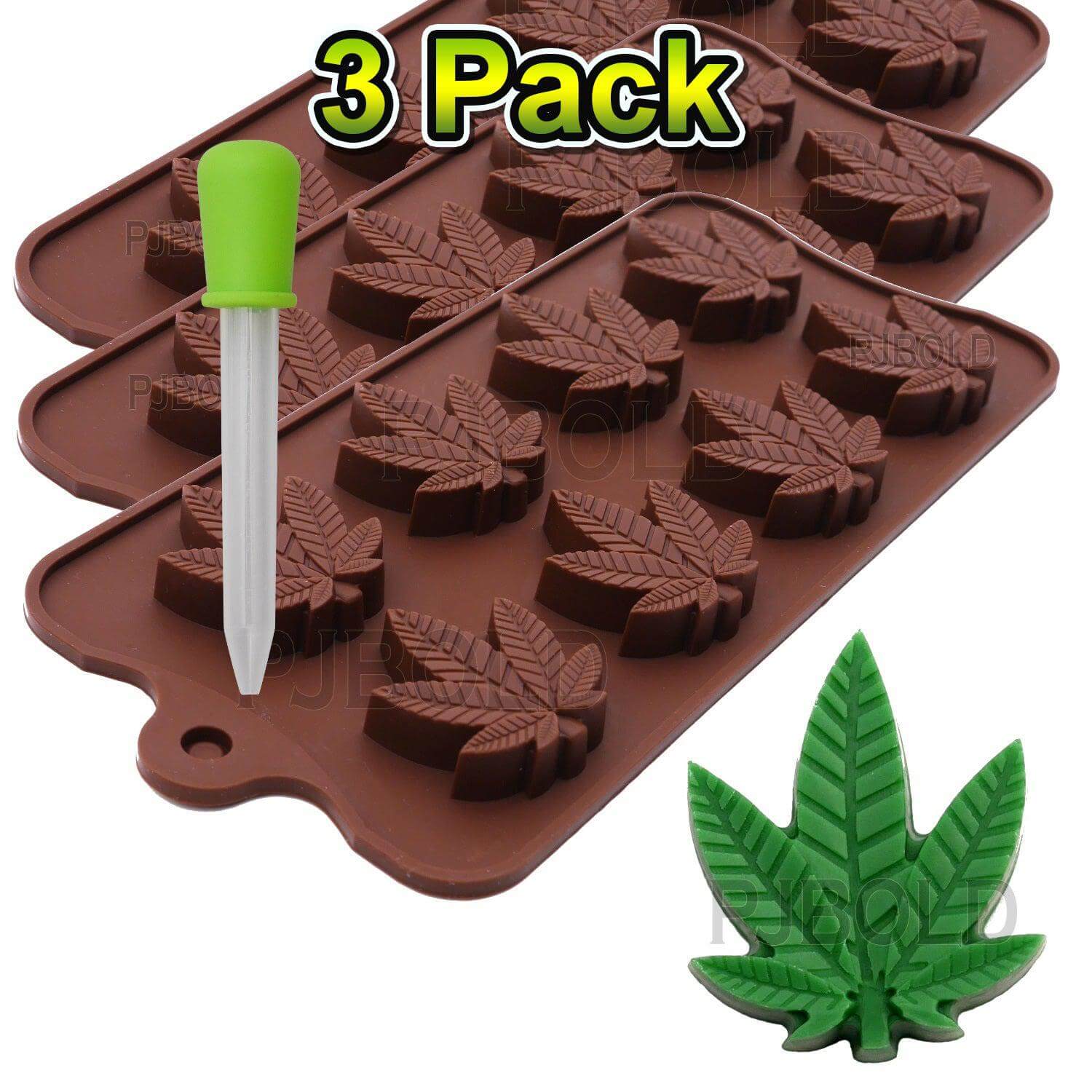 Hemp Leaf 3 Pack Silicone Molds
Hemp Leaf 3 Pack Silicone Molds
 Leaf Candy Bar Mold
Leaf Candy Bar Mold
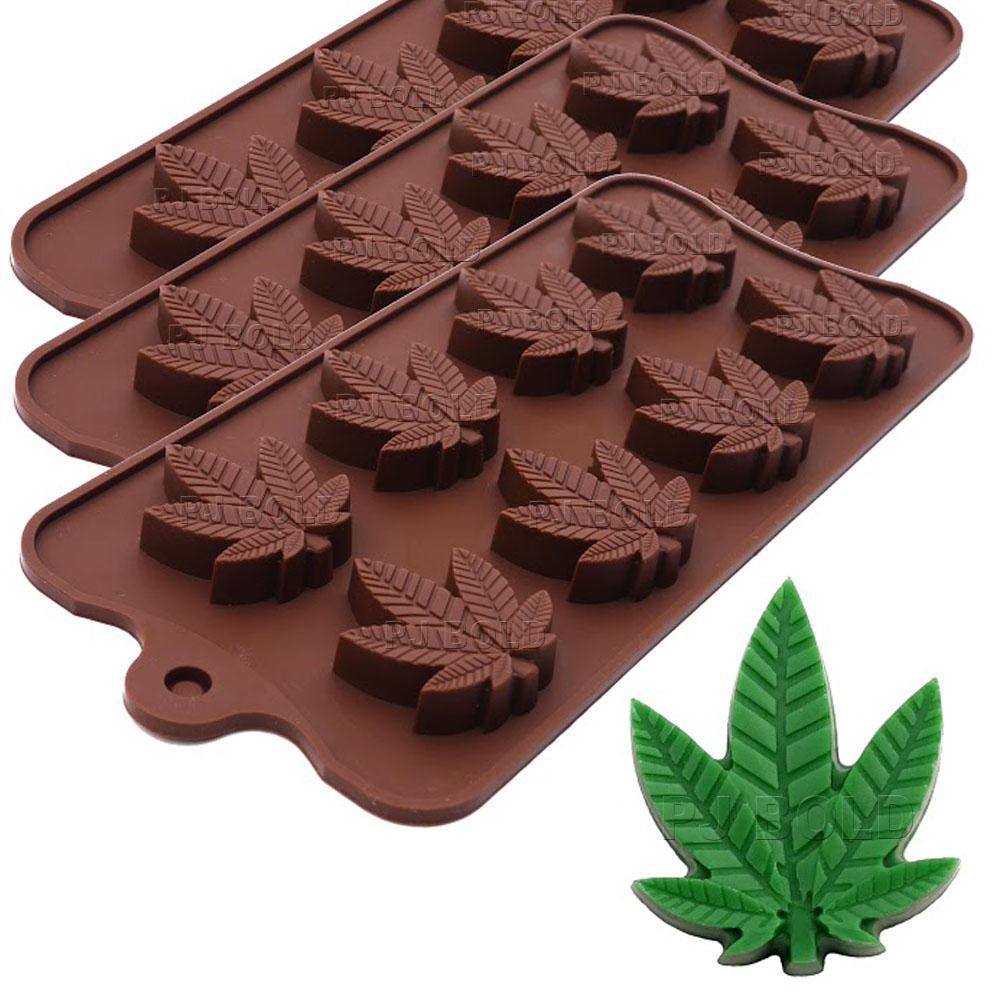 Marijuana Cannabis Hemp Leaf Silicone Molds
Marijuana Cannabis Hemp Leaf Silicone Molds
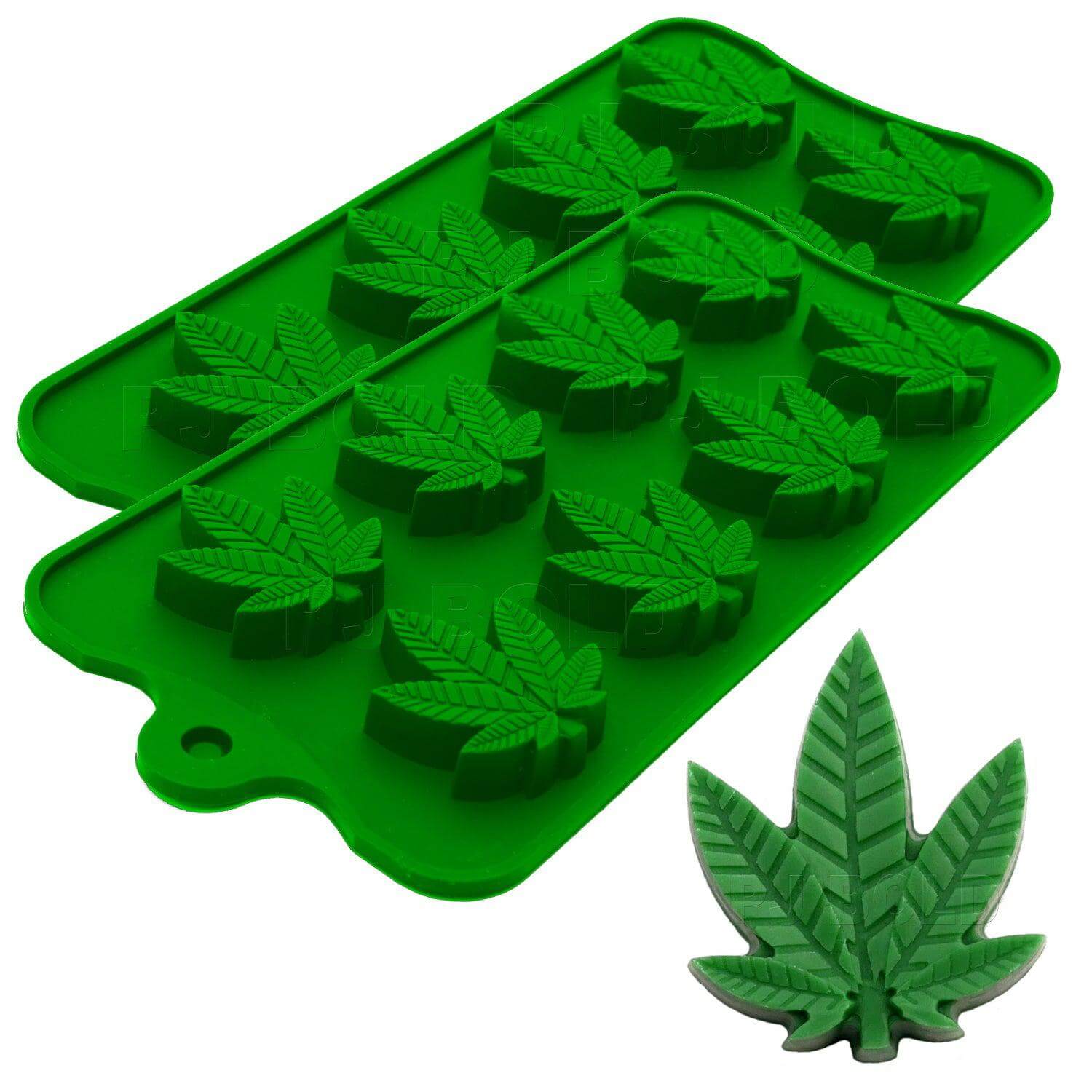 Hemp Leaf Green Silicone Molds
Hemp Leaf Green Silicone Molds
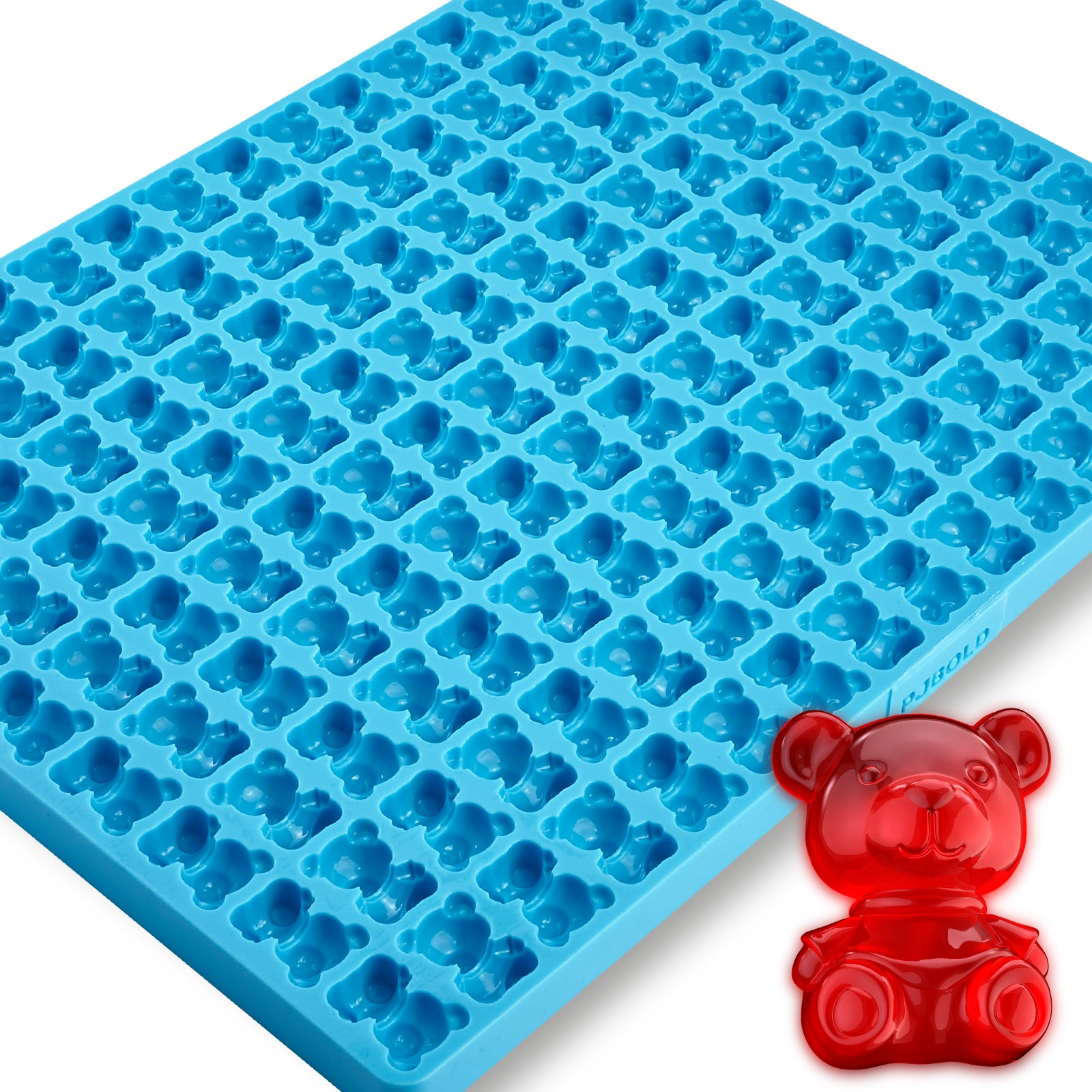 Bear Silicone Mold
Bear Silicone Mold
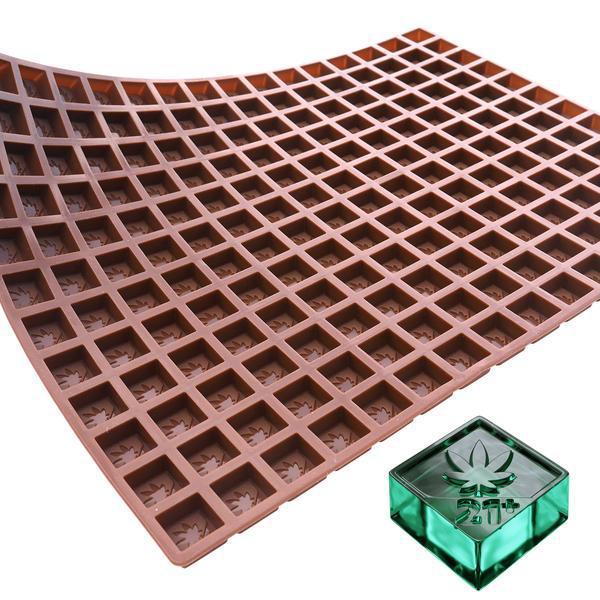 Square Silicone Candy Mold
Square Silicone Candy Mold
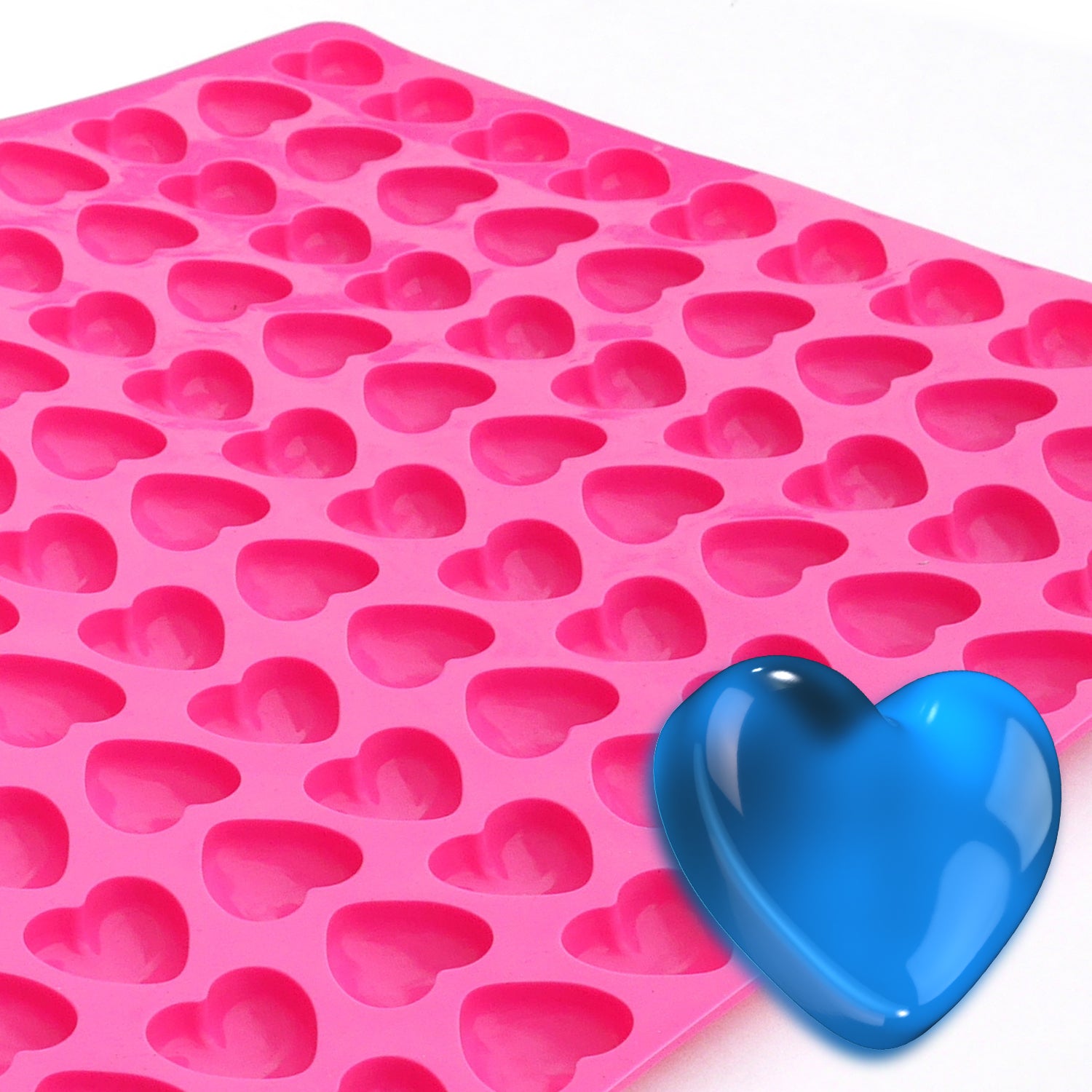 Heart Chocolate Mold Candy
Heart Chocolate Mold Candy
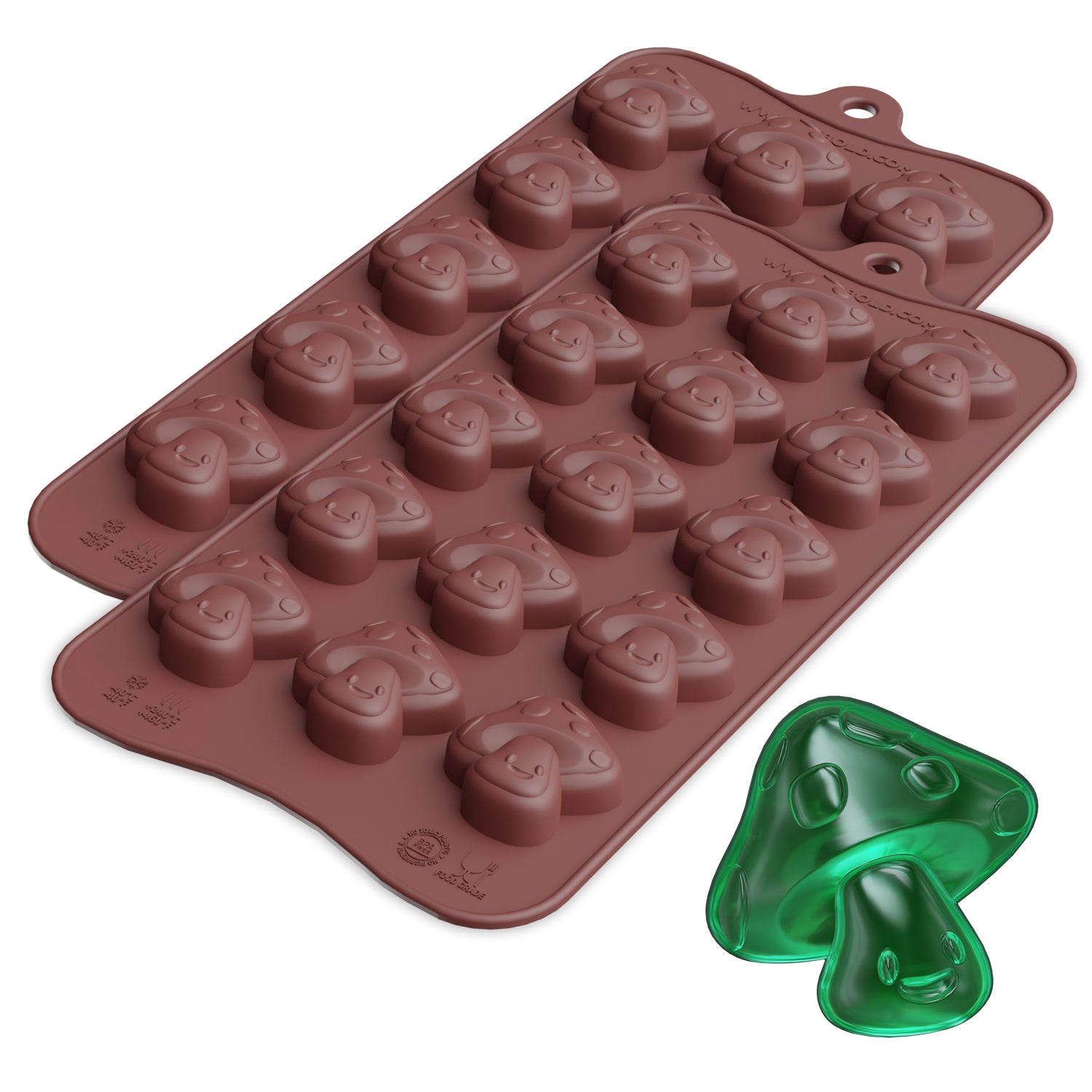 Mushroom Chocolate Silicone Candy Mold
Mushroom Chocolate Silicone Candy Mold






